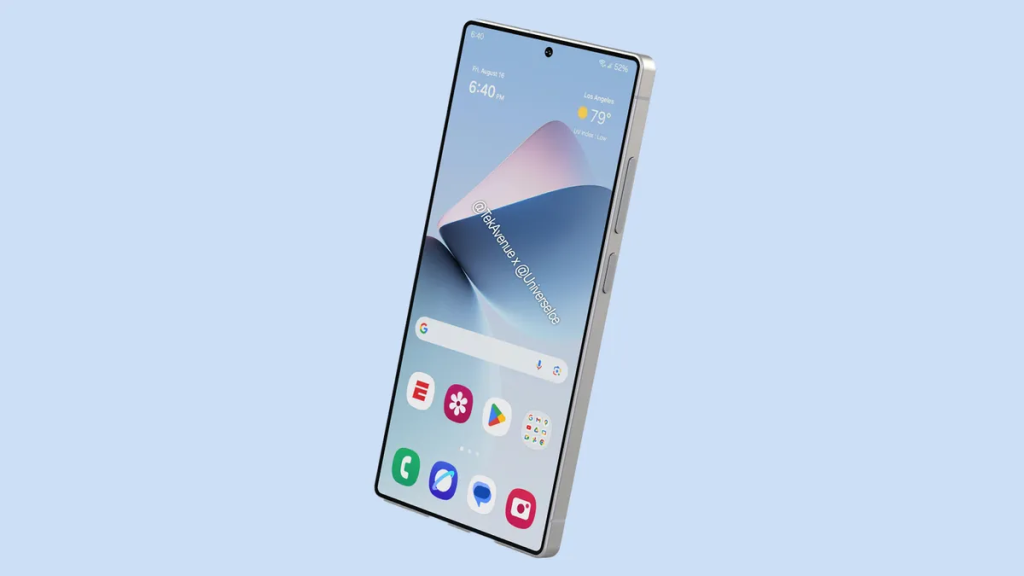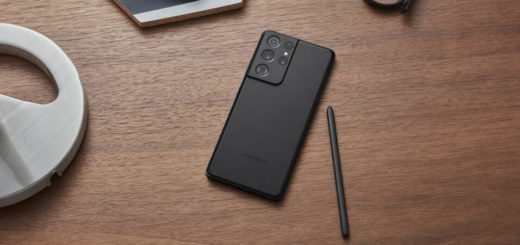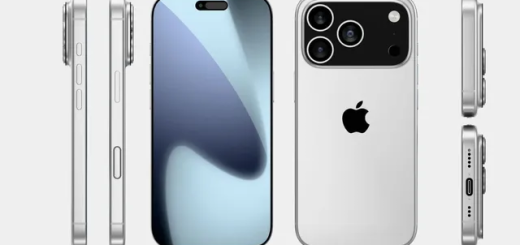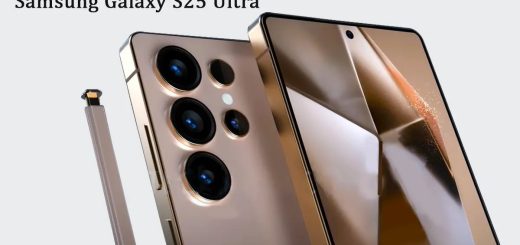What can we expect from the Samsung S25 ultra?
The Samsung Galaxy S25 Ultra is shaping up to be a significant upgrade, with several notable enhancements expected. Here are the key details based on the latest leaks:
- Design: The S25 Ultra will feature a slimmer profile with more rounded corners, enhancing the ergonomics compared to its predecessor, the S24 Ultra. The dimensions are expected to be slightly reduced, making the phone more comfortable to hold and use (TechWiser) (SamMobile).
- Display: The device may come with a 6.86-inch OLED screen, slightly larger than the S24 Ultra’s display. It will likely maintain the high resolution and refresh rate, ensuring vibrant and smooth visuals.
- Processor and Performance: It is expected to run on the Snapdragon 8 Gen 4 chip, delivering improved efficiency and performance. There could be up to 16GB of RAM, offering powerful multitasking capabilities. Storage options might include 256GB, 512GB, and even a 1TB variant.
- Camera Upgrades: The S25 Ultra will likely retain the 200MP main camera but introduce a 50MP ultrawide sensor, an upgrade from the previous model’s 12MP. The telephoto camera might also see enhancements with a 50MP sensor offering 3x optical zoom and better low-light performance.
- Software and Features: One UI 7 will debut with the Galaxy S25 Ultra, bringing visual changes and new features like a redesigned control center and app icons. The device might also support satellite connectivity for emergencies, alongside Wi-Fi 7 and other advanced connectivity options.
- Battery and Charging: The battery capacity remains at 5,000 mAh, with charging speeds maxing out at 45W. However, efficiency improvements in the Snapdragon 8 Gen 4 are expected to offer better battery life.
The Galaxy S25 Ultra is projected for a release around January 2025. With these potential upgrades, it looks to be one of Samsung’s most refined devices yet.

Samsung 25 Ultra vs Iphone 16 pro max
The Samsung Galaxy S25 Ultra and iPhone 16 Pro Max are both flagship models, offering top-tier features, but they cater to different preferences.
Design & Display: The Galaxy S25 Ultra has a 6.8-inch Dynamic AMOLED display with a resolution of 1440 x 3120 pixels and supports a refresh rate of 120Hz, giving it an edge for smooth scrolling and gaming. The iPhone 16 Pro Max, meanwhile, features a 6.9-inch Super Retina XDR OLED display with a 1320 x 2868 resolution and also a 120Hz refresh rate. Samsung offers a more immersive, almost bezel-less design, while the iPhone retains its sleek, minimalist style with ceramic protection.
Performance: The iPhone 16 Pro Max is powered by the A18 Pro chip, providing efficient performance and superior power management, while the Galaxy S25 Ultra uses the Snapdragon 8 Gen 4 processor. Despite Samsung’s more cores, Apple’s chip architecture offers smooth, responsive performance. Both devices perform exceptionally well, but Apple’s efficiency might appeal to users who prioritize a seamless experience.
Camera: The Galaxy S25 Ultra boasts a 200MP primary camera, compared to the iPhone’s 48MP. Samsung’s setup includes a 50MP telephoto lens and 8K video capabilities, making it superior for photography enthusiasts. The iPhone 16 Pro Max uses advanced image processing and a LiDAR scanner for precise depth sensing, maintaining its lead in terms of video quality and stability.
Battery Life: Samsung’s 5000mAh battery outperforms the iPhone’s 4685mAh, providing longer usage on a single charge. It also supports 45W fast charging and reverse wireless charging, making it more versatile for those who use multiple devices.
Price: The Galaxy S25 Ultra is priced lower, offering more value with its camera capabilities and display. The iPhone 16 Pro Max remains pricier, appealing to users who are integrated into Apple’s ecosystem and prefer the iOS experience.
Ultimately, the choice depends on user preference – Samsung is better for those who value a superior display and camera features, while the iPhone offers a refined, efficient experience within the Apple ecosystem.









